23 November 2024
Skateboarding isn’t just a sport; it’s a lifestyle, a culture, and for many, a way of self-expression. Over the years, it has evolved from being a rebellious pastime to a global phenomenon that has deeply intertwined itself with other aspects of youth culture, particularly music and film. But how exactly did skateboarding leave such a lasting mark on these two forms of art? Well, let’s dive in and explore the wild ride that skateboarding has taken through music and film.
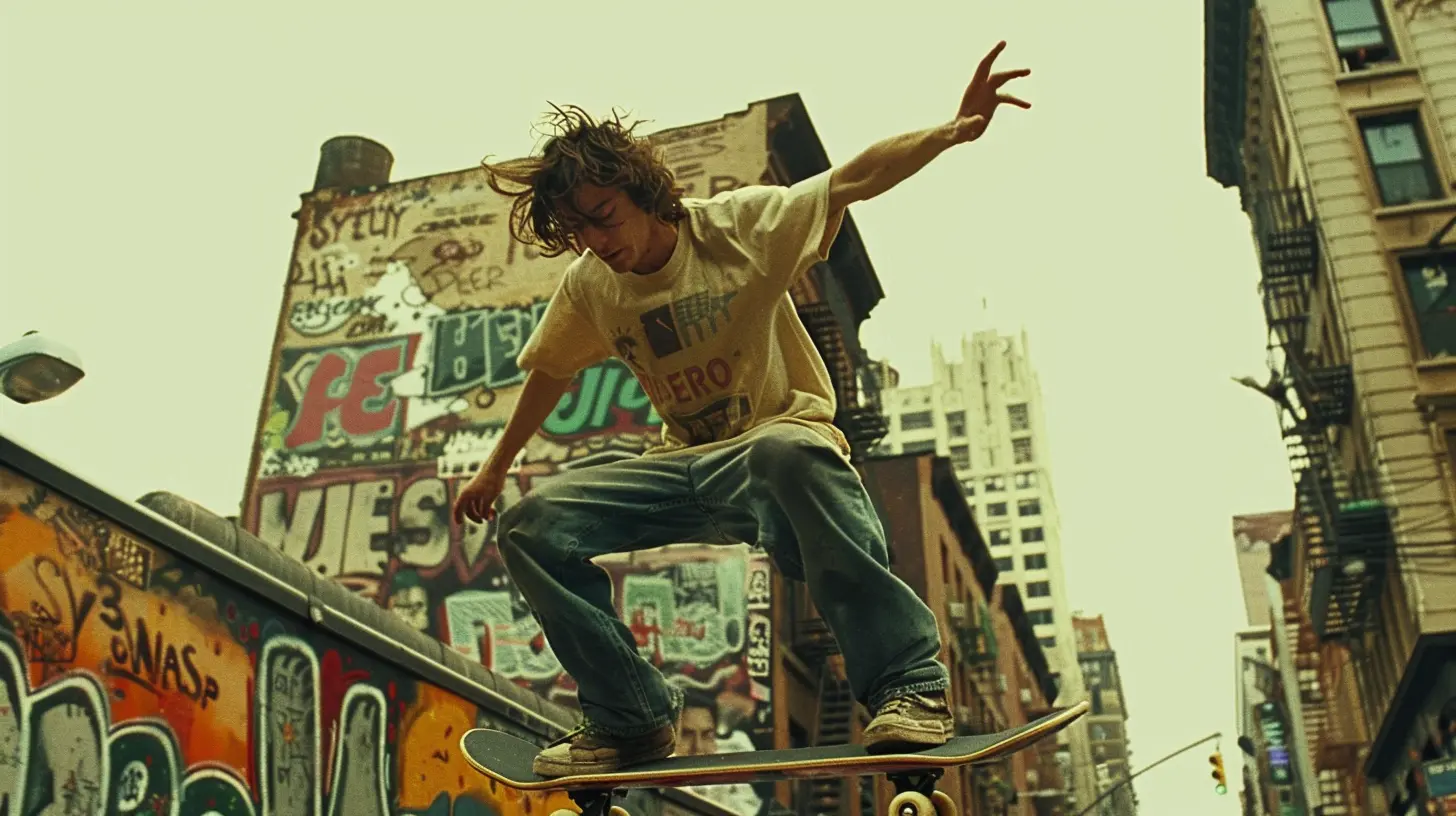
Skateboarding: A Cultural Movement
Before we get into the nitty-gritty of how skateboarding has influenced music and film, let’s take a step back and understand the roots of skateboarding. Born in the 1950s as “sidewalk surfing” in Southern California, skateboarding was initially an alternative for surfers looking for thrills when the waves weren’t cooperating. However, by the 1970s, it had evolved into its own subculture, complete with its own language, style, and, most importantly, attitude.Skateboarding was never just about doing tricks; it was about defying norms, pushing boundaries, and embracing creativity. And this is exactly why it’s had such a profound influence on music and film. Skateboarders weren’t just athletes; they were artists. They didn’t just ride boards; they told stories, expressed emotions, and created entire subcultures around their passion. And what better way to amplify that creativity than through music and film?
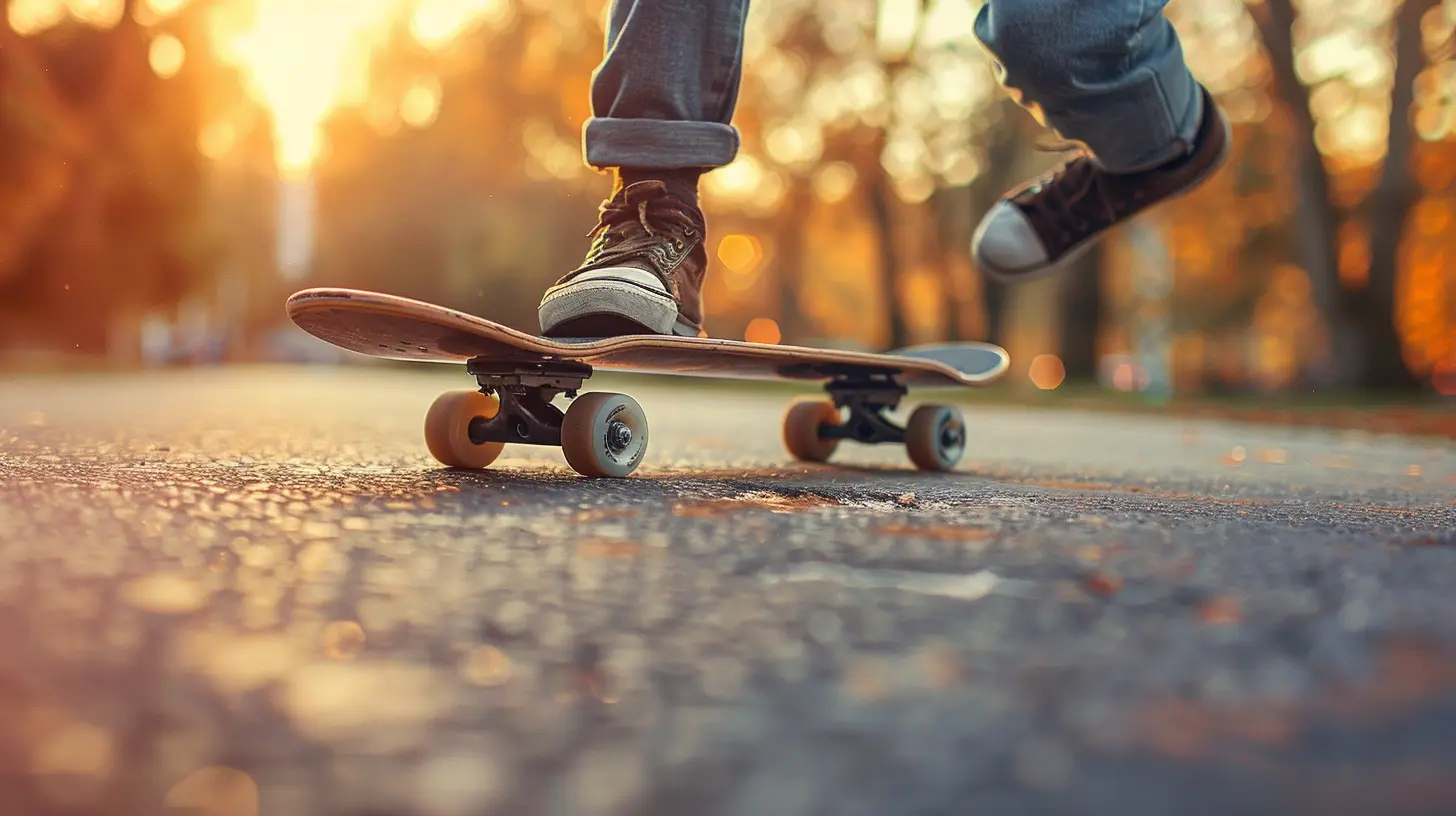
The Soundtrack of Skateboarding: Punk Rock and Hip-Hop
If you’ve ever watched a skate video, you know that music is a crucial part of the experience. But it’s not just any music that gets the honor of backing a skater’s treacherous tricks and flips. Skateboarding has always had a close relationship with two genres in particular: punk rock and hip-hop.Punk Rock: The Rebellious Spirit
Skateboarding and punk rock are like peanut butter and jelly—they just go together. Both emerged from a countercultural movement and shared the same ethos: anti-establishment, DIY, and rebellious. In the 1980s, punk rock became the unofficial soundtrack of skateboarding. Bands like Black Flag, Dead Kennedys, and Minor Threat were blaring through the boomboxes of skaters across the globe.Why punk rock? Well, it’s fast, aggressive, and raw—just like skateboarding. The gritty, unpolished sound of punk perfectly matched the thrill and danger of skating. It was a form of defiance, rejecting the mainstream and embracing the underground. Skaters didn’t want to conform, and neither did punk rockers. They were both about breaking rules and doing things their own way.
Hip-Hop: The Urban Connection
As skateboarding moved out of the suburban parks and into the streets, it began to adopt the sounds of the urban environment. Enter hip-hop. In the 1990s, as street skating became more popular, so did hip-hop. Artists like A Tribe Called Quest, Wu-Tang Clan, and Nas became staples in skate videos.Hip-hop, much like skateboarding, is about storytelling and self-expression. Both emerged from marginalized communities and gave a voice to those who felt out of place in mainstream society. The beats and rhythms of hip-hop mirrored the flow of skating through the streets, and the lyrics often spoke to the struggles and triumphs of the counterculture.
Skateboarding videos featuring hip-hop tracks created a unique synergy, blending the visual art of skate tricks with the auditory art of rap and beats.
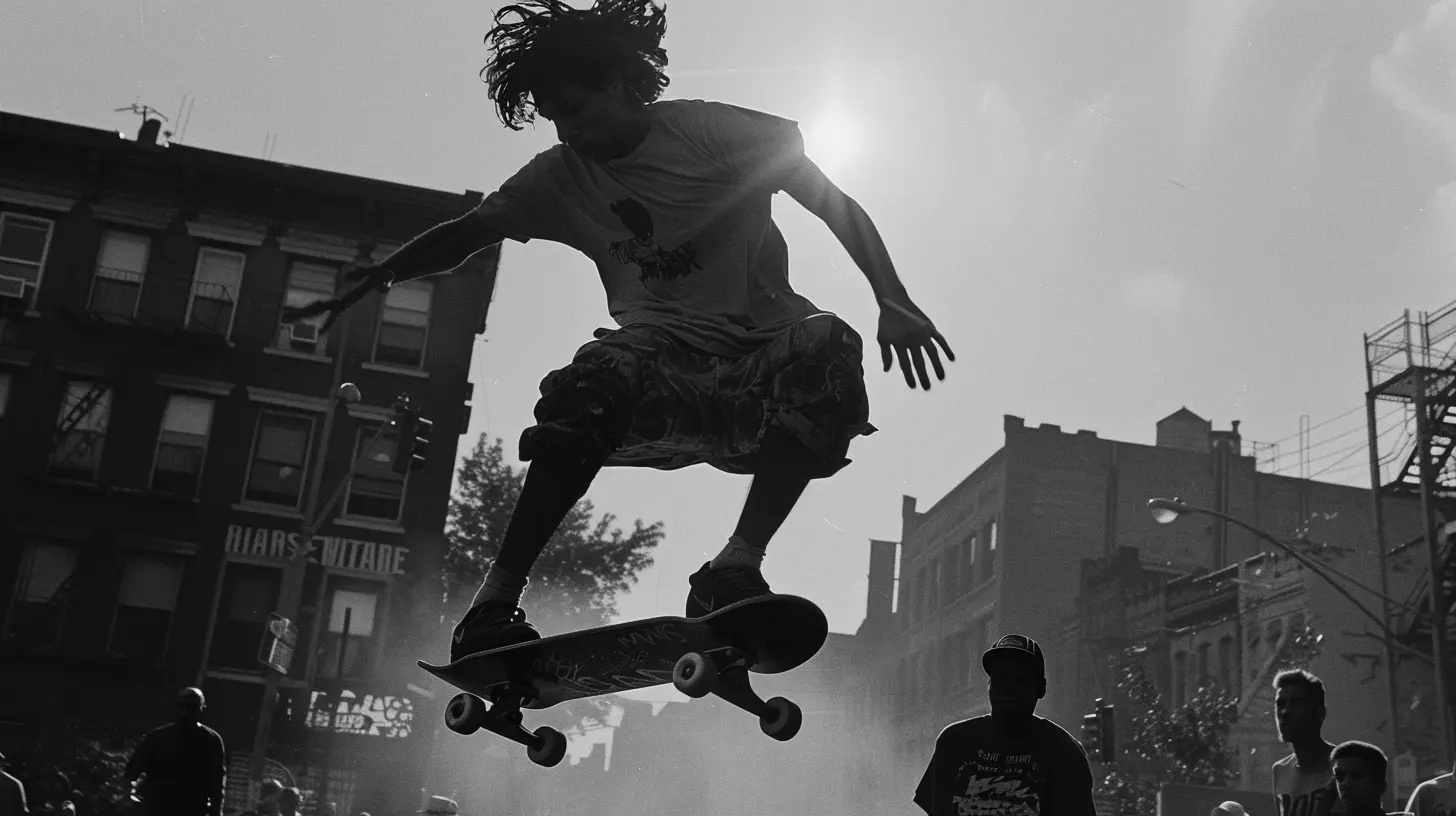
Skateboarding and Film: A Cinematic Journey
Skateboarding’s influence on film is arguably just as significant as its impact on music. From early skate videos to Hollywood blockbusters, skateboarding has left its mark on the big screen.Skate Videos: The Birth of DIY Filmmaking
Before YouTube and Instagram gave skaters a platform to share their tricks, there were skate videos. In the 1980s and 1990s, skateboarding companies began producing videos as a way to showcase their teams. These videos weren’t just about the tricks; they were about creating a vibe, telling a story, and capturing the raw energy of skateboarding.Skate videos were essentially DIY films. They were often grainy, shot on handheld cameras, and edited with rudimentary tools. But that’s what made them special. They felt real. They weren’t polished Hollywood productions; they were made by skaters, for skaters. And the music accompanying these videos—whether it was punk rock, hip-hop, or something in between—was just as important as the footage itself.
These early skate videos helped shape the visual language of skateboarding, influencing not only other skaters but also filmmakers and artists outside of the skateboarding world. The fast cuts, fisheye lenses, and guerrilla-style filmmaking techniques used in skate videos can be seen in everything from music videos to commercials today.
Hollywood’s Take on Skateboarding
Of course, Hollywood hasn’t been immune to the allure of skate culture. Over the years, there have been numerous films that have tried to capture the essence of skateboarding, with varying degrees of success. Some have been cheesy and inauthentic (remember “Thrashin’” in 1986?), while others have become cult classics.One of the most notable films centered around skateboarding is “Lords of Dogtown” (2005). Directed by Catherine Hardwicke, the film tells the story of the Z-Boys, a group of young skaters from Venice, California, who revolutionized the sport in the 1970s. The film not only showcases the birth of modern skateboarding but also highlights the close connection between skate culture and music, with a soundtrack full of classic rock and punk tracks.
Another more recent film, “Mid90s” (2018), directed by Jonah Hill, takes a more intimate look at skateboarding culture. The film captures the raw, unfiltered experience of growing up in the 1990s skate scene, complete with a killer soundtrack featuring artists like Nirvana, Pixies, and Wu-Tang Clan. It’s a nostalgic love letter to skateboarding and the powerful role it plays in shaping identity and community.
While Hollywood has had its ups and downs when it comes to skateboarding films, there’s no denying the influence skate culture has had on filmmakers. The rebellious spirit, DIY attitude, and visual style of skateboarding have all made their way into mainstream cinema, forever changing the way we tell stories on screen.
The Rise of Skateboarding Documentaries
Beyond fictional films, skateboarding has become a popular subject for documentaries. These films offer a more authentic look at the world of skateboarding, often focusing on the personal stories of skaters and the impact skateboarding has had on their lives.“Dogtown and Z-Boys” (2001), directed by Stacy Peralta, is perhaps the most iconic skateboarding documentary. It tells the story of the original Z-Boys and how they revolutionized the sport in the 1970s. The film blends archival footage with interviews and has been widely praised for its authenticity and insight into the birth of modern skateboarding.
Other notable skateboarding documentaries include “Bones Brigade: An Autobiography” (2012), which chronicles the rise of Tony Hawk and the Bones Brigade team, and “Minding the Gap” (2018), a deeply personal film that explores the lives of three young skaters growing up in a small town in Illinois.
These documentaries not only showcase the incredible talent and dedication of skateboarders but also highlight the cultural impact of skateboarding on a deeper, more emotional level. They show that skateboarding isn’t just a sport; it’s a way of life that can shape who you are and how you see the world.
Skateboarding’s Influence on Fashion and Aesthetic in Film and Music
It’s not just the music and the tricks; skateboarding’s influence runs deep into the visual aesthetic of both music and film.In music, skate fashion has become synonymous with streetwear. Brands like Supreme, Thrasher, and Vans, originally rooted in skate culture, have crossed over into mainstream fashion. Celebrities, musicians, and influencers now rock these brands, blurring the lines between skating and pop culture. Just think about how many times you’ve seen a Thrasher hoodie in a music video. That influence? It started on a skateboard.
In film, skateboarding aesthetics—like baggy clothes, Vans shoes, and graffiti backdrops—have been adopted in genres far removed from skate culture. You’ll see this look not only in indie films but even in major blockbusters, subtly hinting at skateboarding’s ongoing impact on youth culture.
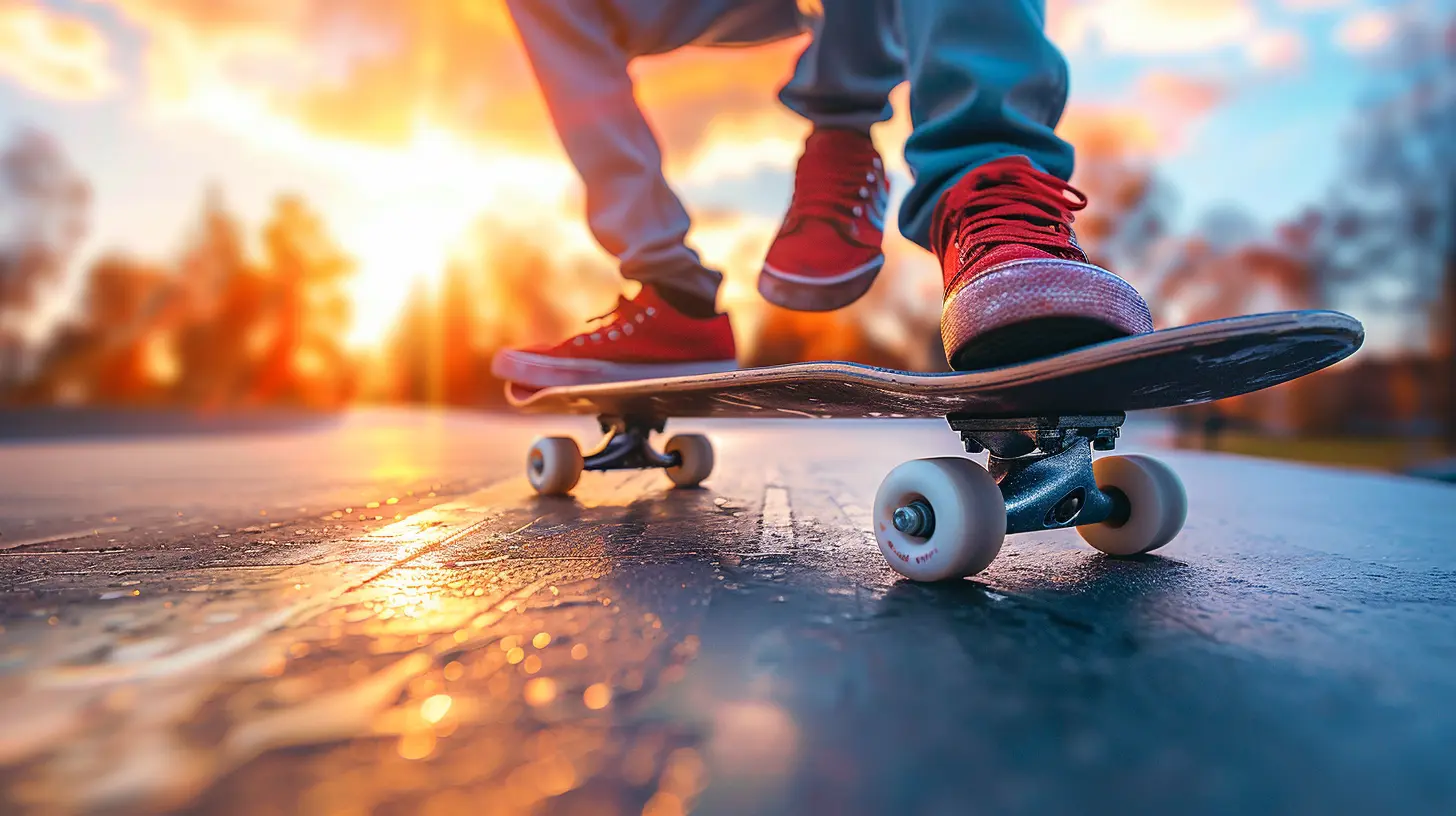
Conclusion: A Lasting Legacy
Skateboarding’s influence on music and film is undeniable. From the rebellious sound of punk rock to the streetwise beats of hip-hop, skateboarding has shaped the soundtracks of our lives. And on the big screen, skateboarding has inspired filmmakers to push boundaries, embrace DIY aesthetics, and tell stories that resonate with the underdog in all of us.But more than anything, skateboarding has shown us that creativity knows no bounds. It’s not just about riding a wooden board with wheels; it’s about self-expression, breaking the rules, and creating something new. Whether through music, film, or fashion, skateboarding will continue to influence and inspire for generations to come.
So, next time you hear a punk rock anthem or watch a skateboarding scene in a film, remember—it’s more than just a sound or a trick. It’s a legacy of creativity, rebellion, and freedom that started on four wheels and continues to roll on.

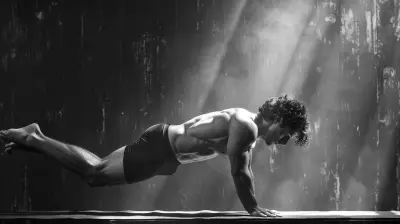
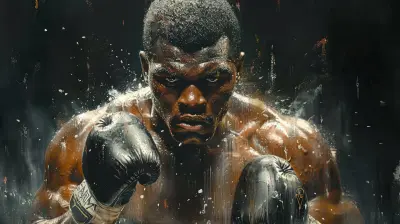



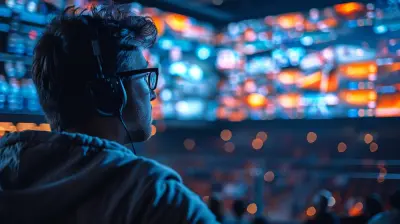
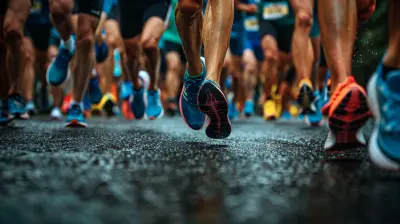
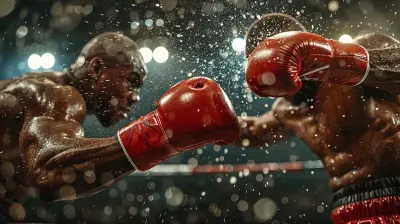



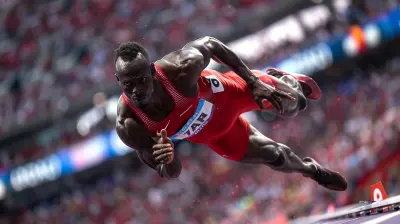

Mariana Coleman
Skateboarding: the only sport where you can bust your butt and still drop a sick beat or a legendary film roll. Who knew falling could be so artistic?
February 12, 2025 at 12:32 PM